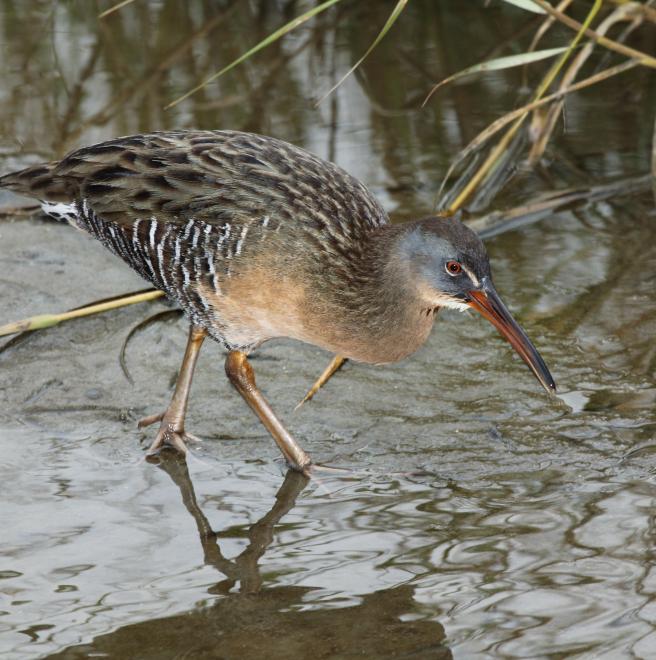

Formerly considered as one species, the large rails of this type in the west are now called Ridgway’s Rails, while the ones in the east are still called Clapper Rails. The latter reside in salt marshes, so while Audubon’s climate model projects more suitable climatic space may be available inland, the Clapper Rail won’t likely utilize most of it and will be restricted to expanding northward along the coast. The main concern for the Clapper Rail is sea level rise, which could inundate the coastal marshes it now lives in. Ridgway’s Rail, on the other hand, is partially migratory and can nest in freshwater marshes, so it may be able to expand inland in the Colorado River drainage—if there is enough water to spare for wetland management.
Explore more birds threatened by climate change around the country.





















It's easier than you think to make a difference. Become an Audubon member today to help birds facing climate change.